A call for normalcy: A year after Cebu City’s ECQ
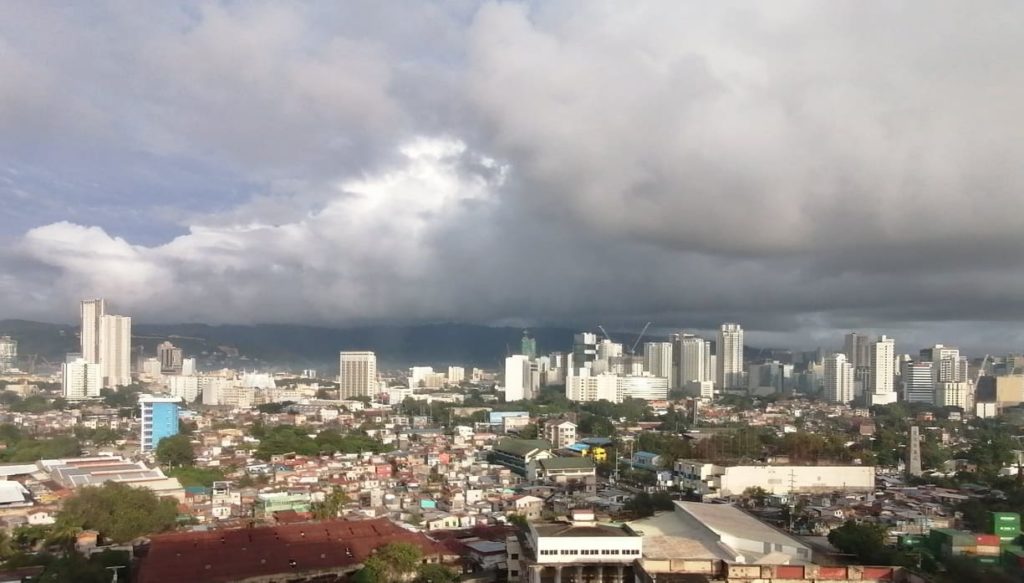
Cebu City has once again experienced record-breaking numbers of COVID-19 infections while its top officials bicker. |CDN Digital file photo
CEBU CITY, Philippines — On March 28, 2020, Cebu City Mayor Edgardo Labella closed down the city from non-residents to contain the growing Coronavirus Disease 2019 (COVID-19) pandemic.
Then, there were only five cases of the disease in the city and there was nothing much the Department of Health (DOH) could advise to local government units (LGU) but to restrict movements and ensure that the remaining public outside the city was wearing enough protective equipment.
It took at least six months before the Enhanced Community Quarantine (ECQ) was downgraded to General Community Quarantine (GCQ) and another three months before the city has finally reached the status quo of Modified General Community Quarantine.
According to the Emergency Operations Center (EOC), from June to July 2020, the city saw its peak in the number of cases at 6,138 and 553 deaths with an overwhelmed health care system.
The death rate then reached up to 8.68 percent and has alarmed the national government prompting President Rodrigo Duterte to send over Environment Secretary Roy Cimatu and General Melquiades Feliciano to handle the COVID-19 response here.
For a time, Cebu City was known as the epicenter of the COVID-19 pandemic in the country, a name that has somehow stuck a year later despite a very different Cebu City thriving under the pandemic now.
The city felt the results of the ECQ most from August to early December 2020 when the average daily cases constantly dropped from 150 per day in August 2020 to just 10 per day by November 2020.
Cebu City residents rejoiced at the success of the quarantine. But it was not to last.
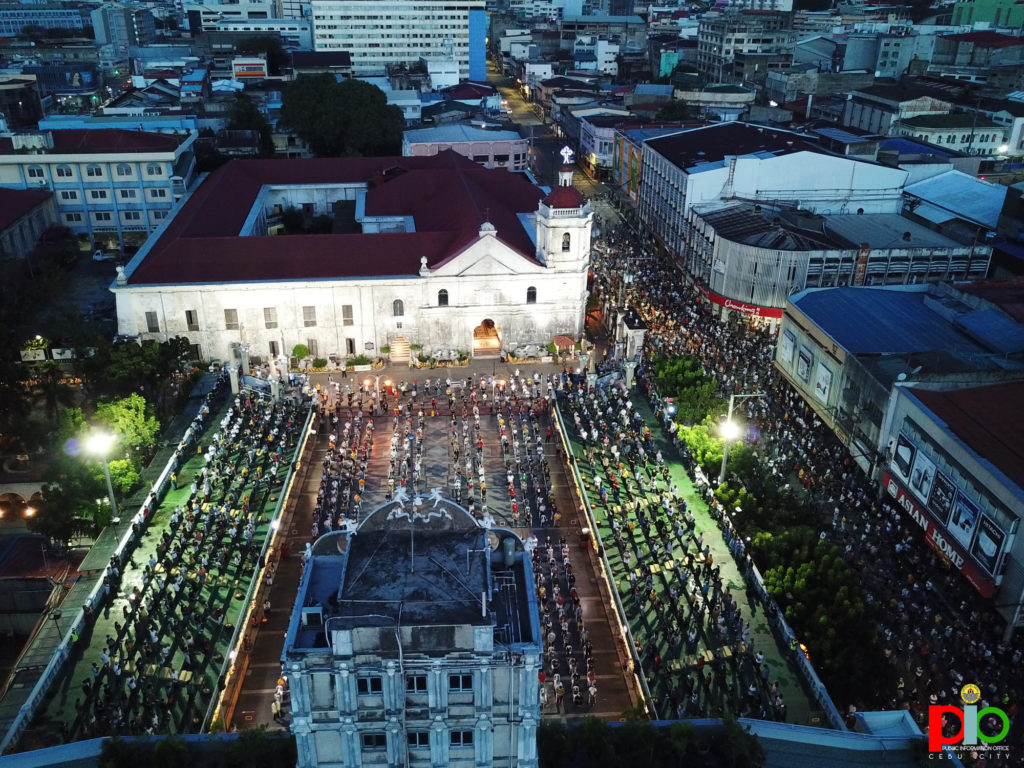
An aerial view of the situation inside and outside Basilica Minore del Sto. Niño during the 2nd day of the Misa de Gallo on Dec. 17. | Photo from Cebu City PIO
History repeated
A year after the ECQ was implemented in Cebu City, the total number of COVID-19 cases has reached 21,169 but only 1,885 are active cases as of March 27, 2021.
The city experienced a second wave at the end of December 2020, brought by the relaxed quarantine restrictions, Christmas rush, Misa de Gallo, and private gatherings.
By mid-January 2021, the average daily cases skyrocketed to 180 to 200 and dropped only slightly by February 2021, after which, the daily cases plateaued.
At the peak of the pandemic, at least 50 isolation centers were opened with the Cebu City Quarantine Center (CCQC) and the NOAH Complex being the primary isolation centers. But these were closed by the last quarter of 2020 due to the lack of patients.
This closure proved detrimental to the second surge of cases because by the end of January 2021, the EOC had backlogs up to 400 COVID-19 patients left unextracted due to the lack of space.
The rising cases in Cebu City prompted Secretary Cimatu and General Feliciano to return for a few days to reign in the situation opening more isolation centers and reducing the backlogs in the extraction of cases.
A year after the ECQ was implemented, the city has more cases with fewer deaths, according to the EOC.
READ: EOC reveals: Feb to March 2021 records more cases, less deaths than Jun to Jul 2020
The city recorded 8,317 cases from February to March 2021 with only 103 deaths for a mortality rate of 1.23 percent.
For Councilor Garganera, the city has made a huge leap in being able to handle the COVID-19 situation without a need for lockdowns.
Yet not everyone views such as University of the Philippine (UP) Law professor, Lawyer Amando Virgil Ligutan, said the city only went in circles over the pandemic.
“A year after the city was placed under ECQ, we are stuck with the same problem- lack of foresight on the part of our city officials. We keep on doing the same things all over again- liquor ban, curfew, granular lockdowns, etc., and we are back to square one a year after the pandemic started,” he said.
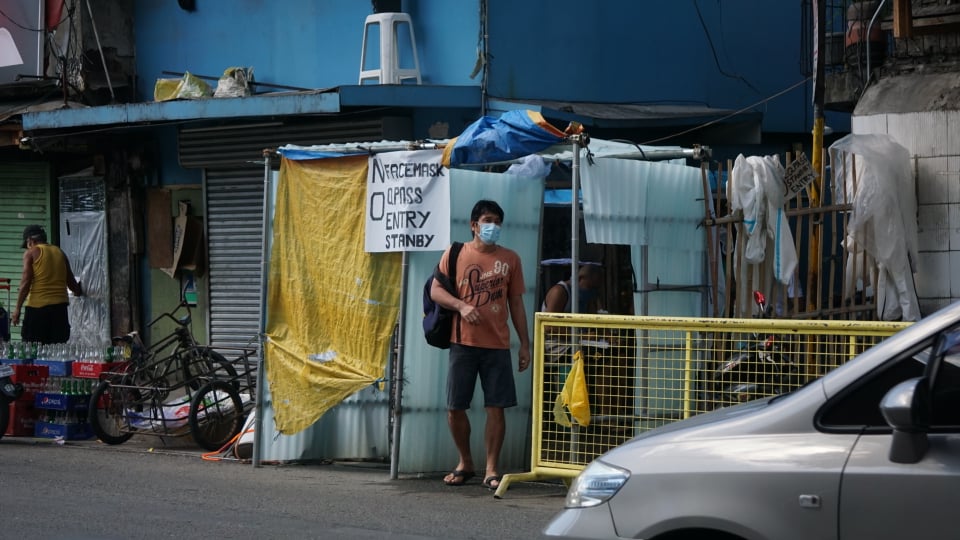
More vehicles are allowed to pass by Katipunan Street on Thursday, June 4, 2020, a day after Cebu City Mayor Edgardo Labella lifted the lockdown in Sitio Callejon in Barangay Labangon. | Gerard Vincent Francisco #CDNDigital
No more lockdowns
Despite the constant presence of the COVID-19 with 1,885 active cases and an average of 120 cases per day, Cebu City refuses to be placed under another ECQ.
Mayor Edgardo Labella said that the city simply cannot afford another lockdown, especially in the business sector.
The National Economic and Development Authority in Central Visayas (NEDA-7) said during the first quarter Regional Development Council (RDC) meeting that in order to boost economic revival the consumer demand would need to rise.
NEDA-7 said that the fourth quarter of 2020 was marked with economic recovery as businesses reopened, but the present demand was still “weighing heavily” on many sectors constraining increased growth.
READ: NEDA-7: Consumer demand needs to rise to improve economy
The business sector has been committed to keeping the city under the MGCQ as well as choosing to police themselves to ensure that the cases will not rise again.
The establishments have promised to implement the health protocols in the city and to encourage other establishments to do so as well.
READ: Cebu business sector willing to police self to help reduce COVID cases
Still, the Business Permits and Licensing Office (BPLO) has issued notices to at least 14 establishments for violating health protocols and serving liquor to customers despite the liquor ban.
The BPLO had said that a year after the quarantine, some businesses have not yet learned their lesson.
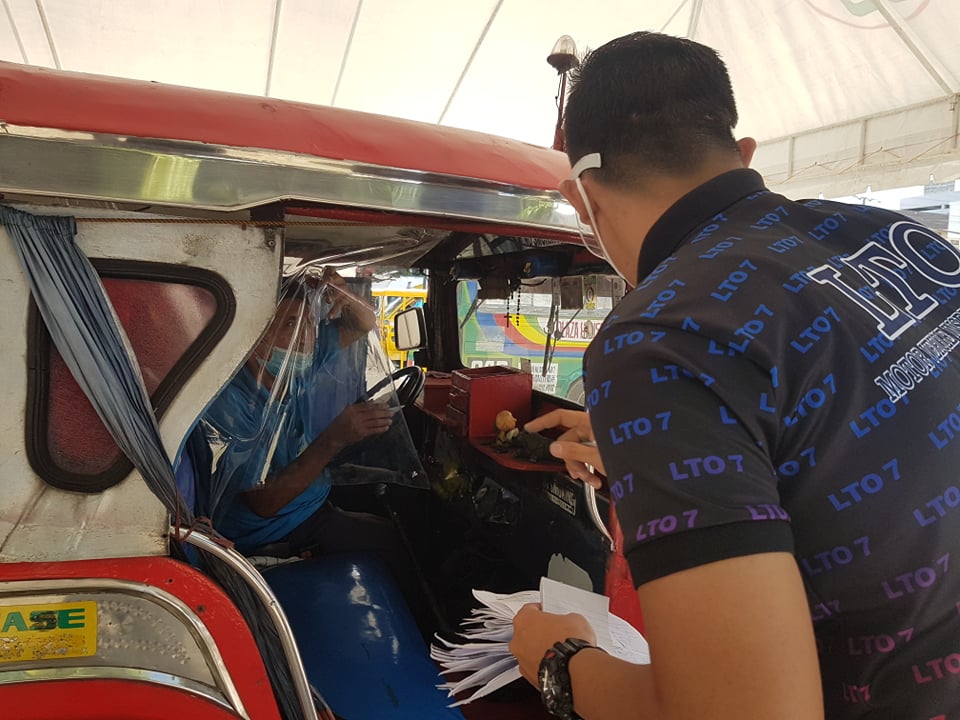
The Cebu City Jeepney Task Force continues to conduct inspections on the roadworthiness of jeepneys wanting to return to Cebu City’s streets. | Delta Dyrecka Letigio
A call for normalcy
The desire to return to their normal lives grow stronger for Cebu City residents signified by the calls of many sectors to return to their businesses which were closed during the pandemic.
The jeepney sector, in particular, has felt the brunt of the pandemic with most public transportation suspended.
A year after, less than 1,000 jeepneys are back on the streets while the buses that have been deployed for the pandemic in the city have become a tough competitor to the old jeeps.
Manong Tiyoy (not his real name), told CDN Digital that a year after the pandemic, he did not expect people to change their preference in public transport.
He said that he has reduced profit not just because of the limited capacity for the social distancing protocol, but simply because buses have longer routes and can carry more.
“Nakabalik lagi mig pasada, pero wala man say mosakay sa amoa. Akong rota kutob ra Colon, ang mga dagkong bus hangtud Lapu-lapu. Lisod gyod,” he said.
Driving the route of Bulacao-Colon or 10F, he said that without the usual student passengers and fewer people traveling for leisure, non-peak hours were simply unprofitable for him.
Yet he could do nothing but wait out the pandemic because the current situation is better than nothing.
What Manong Tiyoy did not know is that in some areas in the city, public transportation is still very much scarce a year after the lockdown.
The city’s Jeepney Task Force (JTF) is already asking Mayor Labella to reopen all jeepney routes to accomodate the demand for public transport in interior barangays where workers have still limited access to.
READ: Cebu City mulls opening cockpits, all jeepney routes
Ambulant vendors are slowly reappearing in the downtown areas as well, but since none of the sidewalk vendors save for those at the Tabo sa Banay were allowed to return to their stalls, these vendors are risking imprisonment for selling a few mangoes and bottled water.
A mango vendor who refused to be named said she has chosen to sell amid the restrictions because staying at home would mean starvation for her family.
For the low-income earners, it will take a longer time to recover from the economically devastating pandemic.
Even cockpit players are calling for the reopening of the arenas in order to deter illegal cockfighting in the barangays, as the closure of the arenas has made tigbakay rampant again.
Labella has been mulling to heed all these sectors, except for one. The mayor still refuses to reopen cinemas as he said there is no safe way to reopen them due to their enclosed nature.
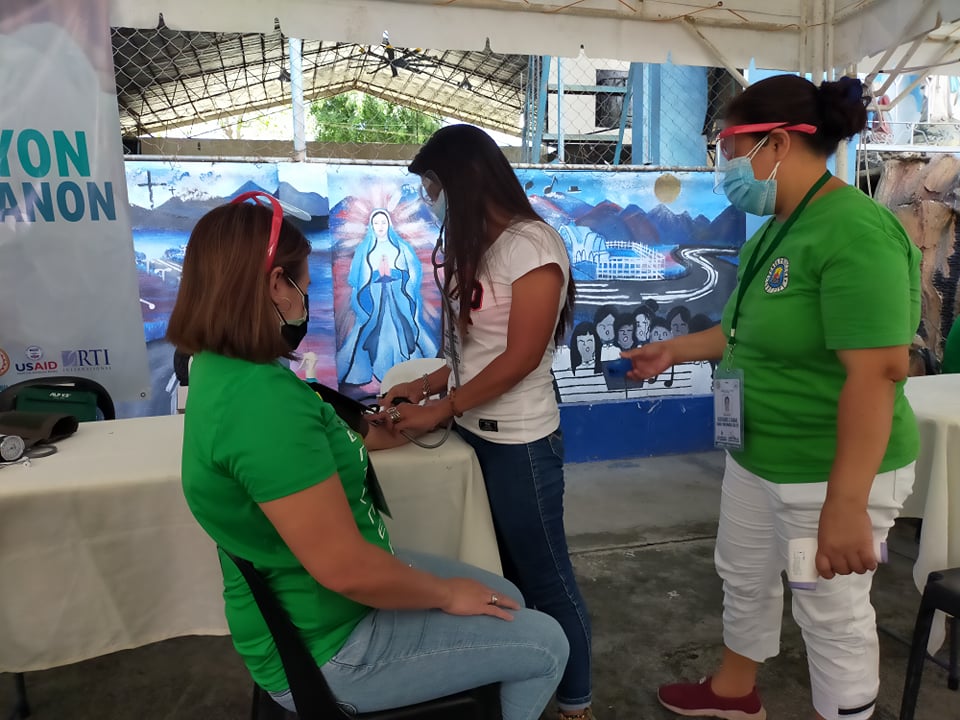
Vaccination of health care workers in Cebu City. | Delta Letigio
Hope
As a year passes since Cebu City was placed under lockdown, the city is seeing a glimmer of hope amid the pandemic.
Vaccines have arrived in the city and distributed to the health care workers. As of March 26, 2021, the city has vaccinated almost 12,000 health workers.
The EOC pins their hope on the vaccines to reduce the number of cases, symptomatic patients, and mortalities from the COVID-19.
The city government is also negotiating with India’s Covovax laboratories for procurement of P100 million for the first batch of city-bought vaccines. A total of P400 million was allotted by the City Council for the procurement of the vaccines.
Even the mayor pins his hope on the vaccines and an end to the worst of the pandemic so that after a year since the first ECQ in Cebu City, there will no longer be any fear of another lockdown. /rcg
Disclaimer: The comments uploaded on this site do not necessarily represent or reflect the views of management and owner of Cebudailynews. We reserve the right to exclude comments that we deem to be inconsistent with our editorial standards.
